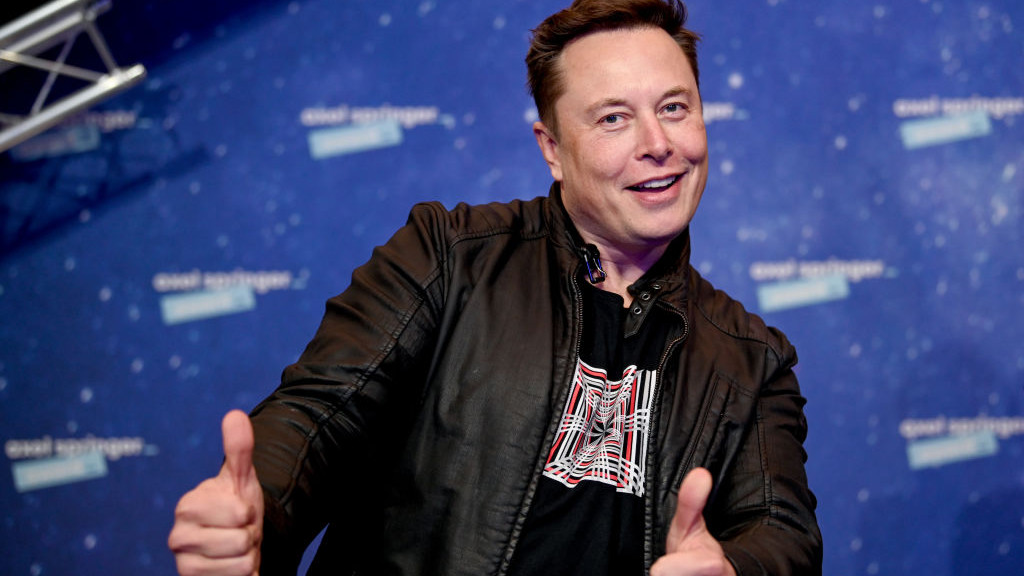ASX Tech Stocks: SpaceX close to environmental approval for Mars mission; Kleos joins Transporter-6 launch

Pic: Pool / Getty Images Entertainment via Getty Images
- SpaceX almost has the environmental all clear to launch its Starship to Mars
- Kleos plans to launch satellites on Transporter-6 SpaceX mission in October
- Semiconductor developer Bluglass ships its first fully packaged laser diode prototypes
SpaceX has inched closer toenvironmental approval from the Federal Aviation Administration (FAA) to launch its Starship rocket to Mars.
The FAA said on Monday that Elon Musk’s private aerospace firm’s plans for orbital Starship launches pose “no significant impact” on the Gulf Coast in Texas.
There are still 75 action points that SpaceX needs to address to reduce the ecological impact on the surrounding environment, including employing a qualified biologist to monitor the impact on local wildlife, warning the public ahead of launches about the loud sonic booms, and agreeing to clean up any shrapnel from the launches in sensitive habitats.
The company also can’t launch on major holidays so the public can access to a nearby beach.
But once it addresses all these conditions, SpaceX can obtain a licence from the FAA to launch the rocket.
The FAA will require @SpaceX to take steps that reduce beach and park closures, and to protect fish, wildlife, plants and other environmental resources in Boca Chica TX. #FAASpace pic.twitter.com/cUsqgLrQgz
— The FAA ✈️ (@FAANews) June 13, 2022
It’s one small step closer to NASA’s Artemis project, which aims to return humans to the moon – and beyond.
Who’s got tech news out today?
Speaking of SpaceX, Kleos has announced its Observer Mission (KSF3) satellites are manifested to launch on the Transporter-6 SpaceX mission NET October 2022.
The Observer Mission satellites will be deployed into a Sun Synchronous orbit from Cape Canaveral Space Force Station in Florida.
Equipped with AIS, VHF, and X-Band payloads, the four satellites will expand Kleos’ data collection capability by up to an additional 119 million km2 per day.
“The upcoming launch brings our low earth orbit constellation to 16 satellites, further increasing our data collection, intelligence, and reconnaissance capabilities,” CEO Andy Bowyer said.
“The Observer Mission features VHF and X-Band collection payloads, providing additional value and capabilities to our government and commercial data customers.”
They also enable Kleos to increase its average daily revisit rate over the 15-degree latitude area of interest to around five times a day.
The company also announced an agreement with the US Navy Naval Surface Warfare Center for joint data experimentation as part of the SCOUT Experimentation Campaign.
Kleos will provide its radio frequency (RF) geolocation data in realistic test scenarios to improve maritime domain awareness for real-world challenges, including sanctions reporting, embargo, transhipment monitoring, search and rescue, resource management, fisheries control, smuggling, and border control.
The semiconductor developer has shipped its first fully packaged laser diode prototypes to its initial customer.
The 405nm and 420nm alpha products will be integrated and tested by the customer within their new product design and development cycles.
For context, an alpha product is an advanced prototype still in the design phase and the company says it’s a valuable tool to collect customer feedback in real-world applications.
“We are working with several customers wanting to trial alpha laser diodes for innovative new applications, including medical devices, sensing, quantum computing, and automotive products,” BLG president Jim Haden said.
“The fact that we have customers anxious to receive our alpha products, ahead of our full product launch is indicative of the significant unmet demand within the 405nm and 420nm wavelengths, and a testament of our improved performance.”
KSS and BLG share prices today:
Related Topics
UNLOCK INSIGHTS
Discover the untold stories of emerging ASX stocks.
Daily news and expert analysis, it's free to subscribe.
By proceeding, you confirm you understand that we handle personal information in accordance with our Privacy Policy.







